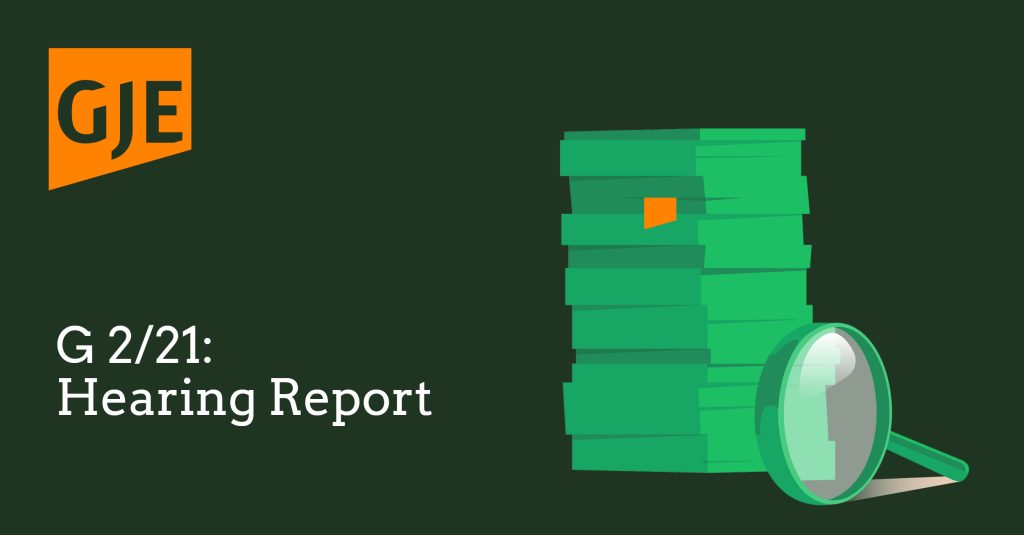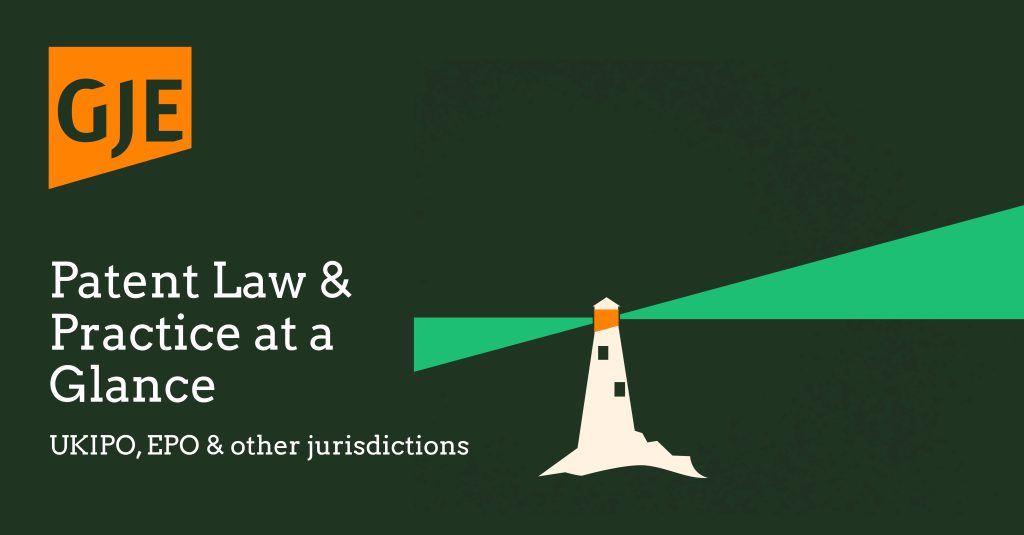The CJEU has provided further, somewhat limited, guidance on what pharmaceutical products may be awarded a Supplementary Protection Certificate (SPC), and the associated market exclusivity, in Europe.
According to the CJEU, an earlier marketing authorisation issued for an active ingredient prevents an SPC being granted for a new formulation of that active ingredient. This approach may be rationalised if, as in the present case, the marketing authorisations under scrutiny relate to the same disease. However, this decision should not be extended to repurposed drugs, for which the effort and investment required must surely justify SPC protection.
ABRAXANE
Abraxis applied for an SPC in the UK based upon a marketing authorisation for the product ABRAXANE which contains albumin-bound paclitaxel nanoparticles (nab-paclitaxel). ABRAXANE provides greater efficacy than paclitaxel and was granted a European patent (EP 0 961 612) on that basis. Paclitaxel-containing products had previously been issued marketing authorisations in Europe, and therefore the SPC was refused in view of those earlier authorisations.
Abraxis appealed the decision to the High Court of Justice arguing that earlier authorisations for other paclitaxel-containing products do not present a barrier to an SPC for ABRAXANE as they relate to different products. This resulted in the High Court seeking an interpretation from the CJEU (case C-443/17) of the SPC legislation1, and in particular the requirement that “the [marketing] authorisation … is the first authorisation to place the product on the market as a medicinal product” (i.e. Article 3(d)).
The High Court asked whether an SPC could be granted where the marketing authorisation underlying the SPC is the first authorisation within the scope of the relevant basic patent and “where the product is a new formulation of an old active ingredient”.
Essentially, the question is whether the “product” refers to the active ingredient or the entire pharmaceutical formulation.
The Decision
It is generally acknowledged that the principles underlying the SPC legislation may escape the literal interpretation of its text. In the earlier decision in Neurim2, the CJEU replaced the literal interpretation of the legislation with a teleological reading based, in essence, on the consideration that the regulation is intended to encourage not only research into new active ingredients (or combinations of active ingredients), but also other types of inventive activities in the field of medicinal products. Whilst this teleological interpretation may help encourage innovation as it gives flexibility to what may benefit from SPC protection, it may also explain the number of SPC referrals to the CJEU.
As far as the SPC legislation is concerned, a “product” means an active ingredient or combination of active ingredients. An “active ingredient” is given the generally accepted pharmacological meaning – it does not include substances forming a medicinal product that do not themselves have an effect on the human or animal body. From this, the CJEU in the present case inferred that the particular pharmaceutical form of ABRAXANE, while influencing the efficacy of the active ingredient, does not form part of the “product”. The combination of albumin with paclitaxel was found not to result in a combination of active ingredients, which may otherwise have distinguished Abraxis’ marketing authorisation from earlier marketing authorisations for paclitaxel.
The CJEU resisted the urge to revisit the literal and teleological meanings of the SPC legislation and the associated travaux préparatoires. However, it noted that the legislature intended, in establishing the SPC regime, to protect not all pharmaceutical research giving rise to the grant of a patent and the marketing of a new medicinal product, but to protect research leading to the first placing on the market of an active ingredient or a combination of active ingredients as a medicinal product. It is not the intention of the legislation to grant SPCs based upon the first marketing authorisation to be granted for a product that falls within the scope of a particular patent.
According to the CJEU, Abraxis has not done enough to be compensated by an SPC for ABRAXANE.
The Impact
This case relates to the use of the same active ingredient, paclitaxel, for the treatment of the same disease as that previously awarded a marketing authorisation. It therefore sits at the opposite end of the spectrum to Neurim which compared marketing authorisations covering the same active ingredient in different diseases, and in different species (sheep verses human). Needless to say, the cases were decided differently.
On the basis of the present decision, it may be particularly challenging to obtain SPC protection for incremental advances in the treatment of a specific disease with an active ingredient, even if such advances are patentable in their own right.
However, in focusing only on ABRAXANE, the CJEU avoided comparing marketing authorisations granted to the same active ingredient for the treatment of different diseases, i.e. repurposing of drugs. Drug repurposing is not an incremental advance; it represents a new solution to a completely different problem. At a policy level, the effort and investment required to repurpose known drugs, often for rare or orphan diseases, must deserve the compensation afforded by SPC protection, if only for reasons of public health. With no clear indication from higher authorities that such products may be granted SPCs, it is only a matter of time before we see repurposed drugs under the CJEU spotlight.
For more information on SPCs please get in touch with your usual GJE attorney or contact ian.jones@gje.com.
1 Regulation (EC) No 469/2009 of the European Parliament and of the Council of 6 May 2009 concerning the supplementary protection certificate for medicinal products
2 Neurim Pharmaceuticals, Judgment of 19 July 2012 (C–130/11, EU:C:2012:489).


